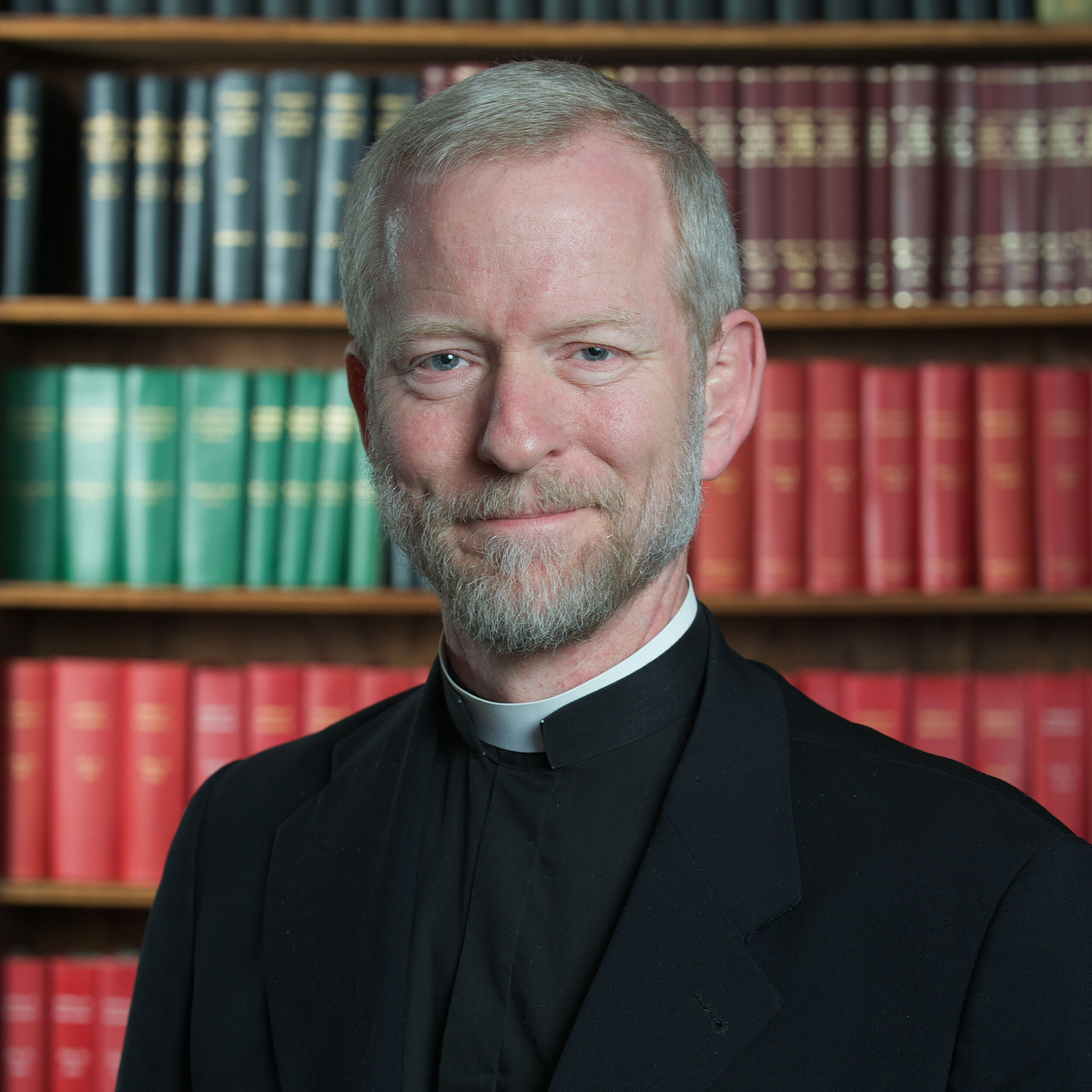Making Sense of Bioethics: Column 001: Novel Ideas for Stem Cells Without Embryos
A letter released in 2005 on the Ethics and Public Policy website (and published in The National Catholic Bioethics Quarterly, Volume 5, Number 3, Autumn 2005, p. 579) addressed the possibility of making embryonic stem cells without de-stroying human embryos. Many prominent Catholic scholars signed the letter. It discussed a novel technique called oocyte assisted reprogramming, or OAR for short. This technique, if successfully carried out, could offer a way out of the central ethical dilemma raised by embryonic stem cell research, namely, the requirement for the destruction of embryonic humans who are about 5 days old, in order to procure their stem cells. OAR might provide scientists with a way to make embryonic stem cells directly, without creating or destroying human embryos. The OAR procedure makes use of a woman’s egg to carry out a procedure that, on first glance, looks very similar to cloning.
Suppose for a moment that a police officer suffering from diabetes were to donate a skin cell from his arm, and we took the nucleus of that skin cell (which contains his DNA) and placed it inside a woman’s egg, after we had taken out her egg’s own nucleus. In other words, a kind of “nucleus swap”. The expression that scientists use is “nuclear transfer”. This is what cloning is all about. Even though no sperm is involved, the egg-with-a-new-nucleus now divides and grows normally as a human embryo, a new human being. This embryo is special, however, because it would have the same genes, and be the identical twin brother of the police officer. It would be a very young clone of the officer, and if that embryo were implanted into a woman’s uterus, it could become a live-born cloned baby. But if that tiny little embryo at the beginning were denied the safe harbor of a woman’s uterus to grow in, and the embryo was instead destroyed to extract its stem cells, scientists could get immune-matched cells for the potential benefit of treating the police officer’s diabetes. The reason they would be immune-matched cells, tailored to the police officer, would be that they came from his own identical twin brother. It turns out that identical twins can exchange organs (like kidneys) between each other without rejecting those organs. So the stem cells from his embryonic twin brother, in theory, could be introduced into his body without being rejected. The moral problem here, of course, is that you create your own twin brother (or twin sister if you are a woman) precisely in order to kill them when they are very young for their desired stem cells.
If OAR were successful, it would avoid this moral problem. Instead of creating your own identical twin brother (or sister) for the purposes of strip-mining their stem cells, OAR would seek to directly make pluripotent stem cells through the same series of steps as cloning. The big difference would happen at the very beginning of the process, when special genetic changes would be made in the DNA of the police officer’s skin cell. These changes involve turning on special master genes that direct a cell to be pluripotent, or highly flexible, like a stem cell, rather than totipotent, or completely flexible, like an embryo.
So when the “nucleus swap” would occur, the new cell would now become a kind of stem cell, rather than an embryo. In other words, the woman’s egg would never be activated to form a human being. Since OAR stem cells would not be derived from embryos, and would not be embryos themselves, it would be morally permissible to culture and grow them or manipulate them in the lab as needed, in an attempt to come up with new therapies for patients.
So the advantage with the OAR stem cells would be the same as for cloning, namely, that the stem cells that resulted from OAR would be immune-matched to the police officer, and in theory should not be rejected by his body if they were transplanted into him. OAR still remains a conceptual proposal, but studies are being undertaken to look at the procedure in animals, to determine whether it is technically feasible, and to assure that it can be done without making embryos and without crossing any moral lines.
It may turn out in the future that umbilical cord and other types of adult stem cells will not be able to provide treatments for every disease, while embryonic-type stem cells may end up being able to work in some cases. If this does happen, and we have been proactive in examining and encouraging morally acceptable alternatives to getting pluripotent stem cells without destroying embryos, we will all be better off if, and when, that day comes.
Copyright © 2020, The National Catholic Bioethics Center, Philadelphia, PA. All rights reserved.

